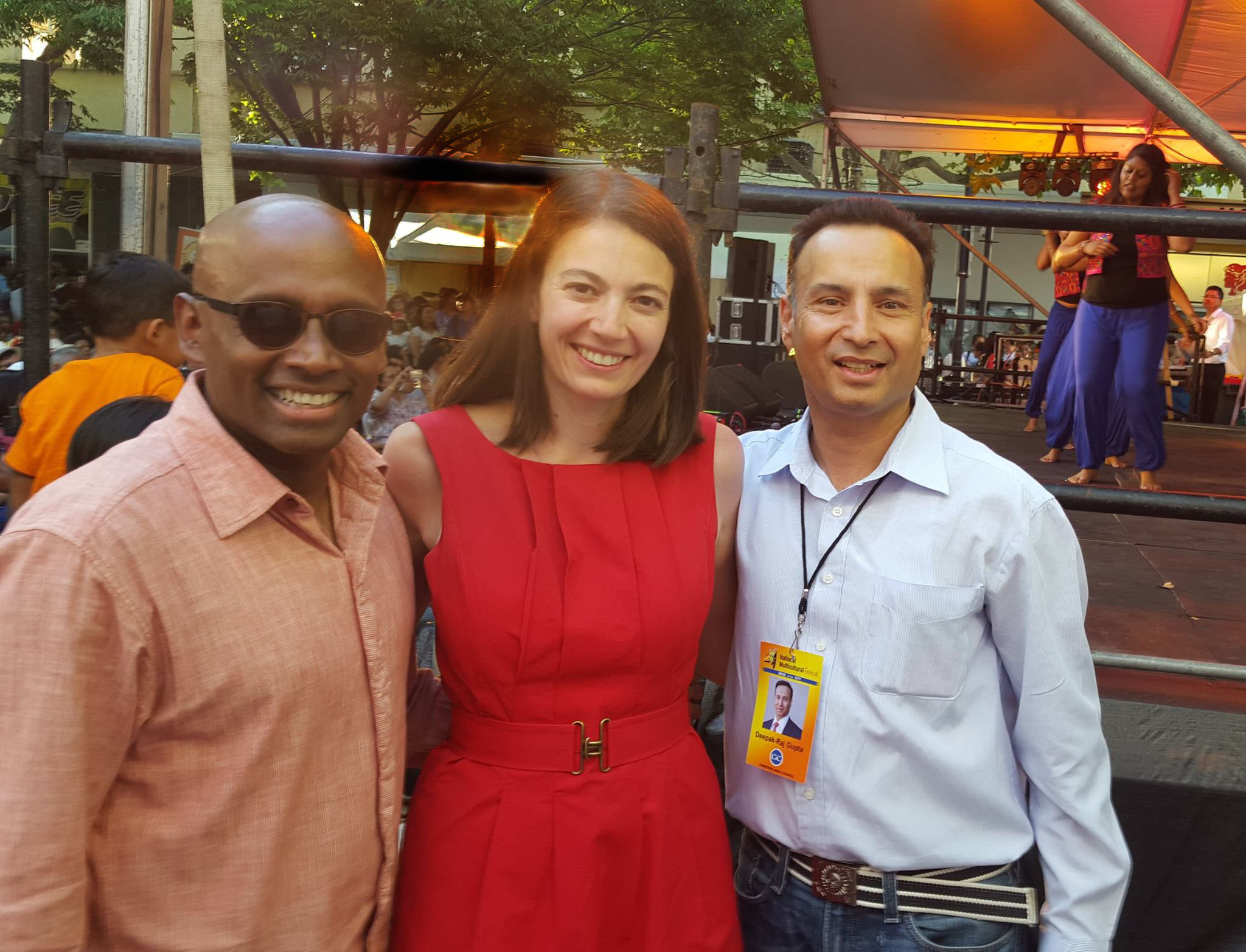Do you feel that Canberra is a diverse place to live? At work, is your organisation’s board or executive team as diverse as the people it represents?
Most public service organisations make a point of “celebrating Australia’s diversity,” however, the statistics on who reaches the top tell a different story.
While women now make up 40 per cent of all senior executive positions, you are still less than half as likely to be promoted to a senior executive (SES) position in the Australian Public Service if you come from a non-English speaking background. With so many public service jobs in Canberra, this is a serious local issue.
A lack of diversity within decision-making groups creates significant risks. As the Australian Institute of Company Directors noted in April last year, “Diversity [limits] the danger of ‘group think’ that is inherent when a group of individuals from too similar backgrounds dominates…”
From our federal, state and territory parliaments right down to local parents and citizens councils, a lack of diversity will almost always see the “in-group” make decisions, with all good intentions, to the exclusion of others. It can also undercut the legitimacy of the group and in severe cases, lead to public ridicule.
Exposure to diversity also increases our tolerance for others. A 2004 study found that if you mainly associate with people similar to you, you will be less tolerant and accepting of those who are different.
A lack of diversity can prevent organisations and people reaching their full potential. For example, despite being two of the brightest hopes for Australian mens’ tennis, Canberra’s Nick Kyrgios and Bernard Tomic have both come into conflict with Tennis Australia. Tomic has been suspended from the Davis Cup team for publically claiming that Pat Rafter and Craig Tiley have shown him “no respect”.
Even not knowing the full details of the conflict between Tennis Australia and Tomic, it is not hard to draw a line between the different handling of Hewitt’s string of controversies over the years and Tomic with the monoculture that exists on the Tennis Australia board and Executive. As the Roar wrote recently:
“Rafter and Tennis Australia [need to become] more understanding of players of different backgrounds and cultures, and have a broader definition of what both expect from players … There needs to be a mature and professional attitude, something neither Rafter nor Tennis Australia have shown in a long time”.
The AFL has been much more proactive in embracing diversity. After a number of incidents in the 1990s, the AFL implemented strict anti-racial vilification laws and under the stewardship of Andrew Demetriou implemented a wide-ranging program to increase the diversity of its player base. Its success has been nothing short of extraordinary. As well as having 25 per cent of current players from diverse backgrounds (well above the national ratio of 16 per cent) the AFL sees these efforts as key to increasing the game’s support base into the future.
Greater diversity in groups creates richer debate, encourages more creative approaches, broadens our perspectives on any situation, and increases our tolerance and acceptance for others.
If you are part of a decision making body, consider improving its diversity by:
- Be self-aware. Who are the members in your group? Are they representative of the community that you are making decisions on behalf of?
- State your intentions. Outsiders are often reluctant to get involved because of bad past experiences. It’s important to both explain that you are looking for a diverse membership and seek broad input on how best to make it happen.
- Actively recruit outside the usual suspects. This is not about filling a quota, but about encouraging participation. Build a network outside of your normal contacts. Offer extra training and support. Find low-risk opportunities for people to get involved. Be patient and take chances. And most of all – be open to the idea of taking a different approach.
